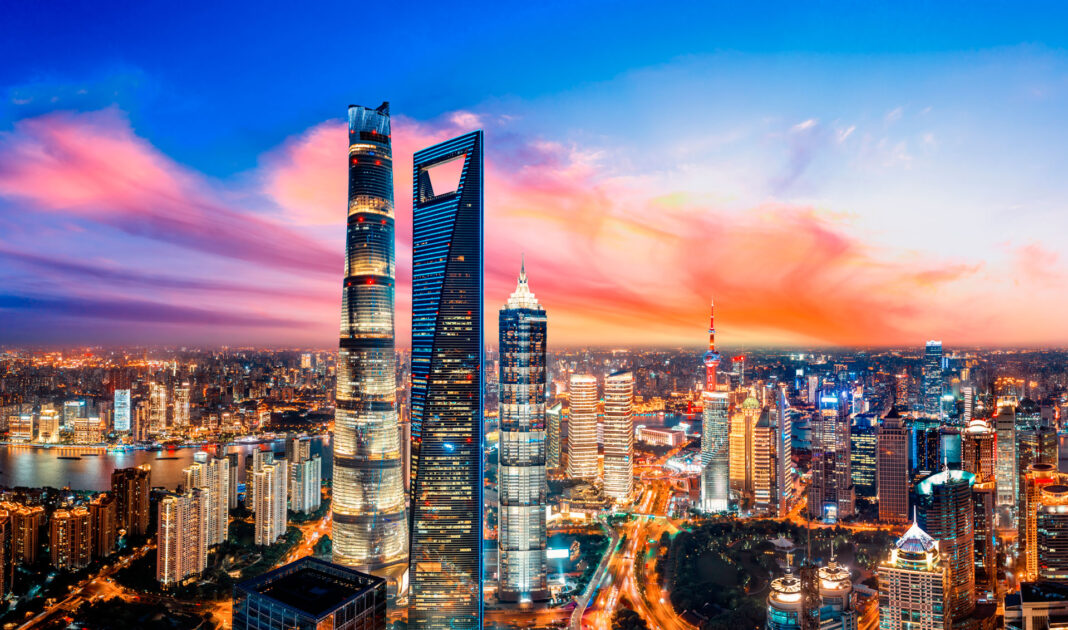Shanghai Tower, the tallest tower in China and the third tallest skyscraper in the world has the highest restaurant at 556 metres and the fastest lift at 20.5 m/sec.
Located in the heart of Shanghai’s World Financial Centre, the 632-metre, 124-storey Shanghai Tower is the tallest building in China. Designed and developed by Gensler Research Institute (San Francisco, California. USA), it is owned by Shanghai Tower Construction & Development Co., Ltd. Its total cost came in at a whopping US$2.4 billion (€2,175,000).
Its inauguration in 2015 unveiled nine cylindrical towers stacked one on top of the other for a total of 128 floors. The façade boasts a double skin design wrapping the tower in two layers of curtain wall glazing (210,000 m2), allowing sunlight to enter the building and preventing heat absorption. Its innovative design means it twists 120º around its vertical axis as it rises to reduce wind load.
Nine zones sit between the inner and outermost layers of the tiered structure, each featuring an atrium with restaurants, cafés and shops surrounded by lush gardens. Like traditional city courtyards, they allow for social interaction between residents and visitors.
The central podium at the base provides a large community and retail space, 1,100 parking spaces, areas for cultural activities, events and celebrations, and a metro station connecting the Shanghai Tower with the rest of the city. The different floors are home to offices, boutiques, a 258-room luxury hotel, plus the restaurant Heavenly Jin which stands a record-breaking 556.3 metres above the ground. The Shanghai Tower is also home to the world’s fastest lift, capable of speeding up and down at 73.8 km/h (20.5 m per sec), equating to 120 floors in less than 55 seconds. 561.3 metres up is the observation deck that affords stunning aerial views.
The most prominent icon of Shanghai’s skyline is also a marvel of avant-garde technology and sustainability. Artificial intelligence (AI) ensures its systems run with optimum efficiency. Its shape and façade reduce wind loads on the building by 24%, saving $58 million in building materials. The wraparound glass curtain serves not only to maximise natural light but also to insulate.
In a bid to be the planet’s greenest skyscraper, the spiral tower collects rainwater for heating and air conditioning. Wind turbines generate electricity through a 2,130-kW combined heat and power system, providing electricity and heat to the lower floors. In total, the carbon footprint is reduced by 34,000
tonnes/year.




